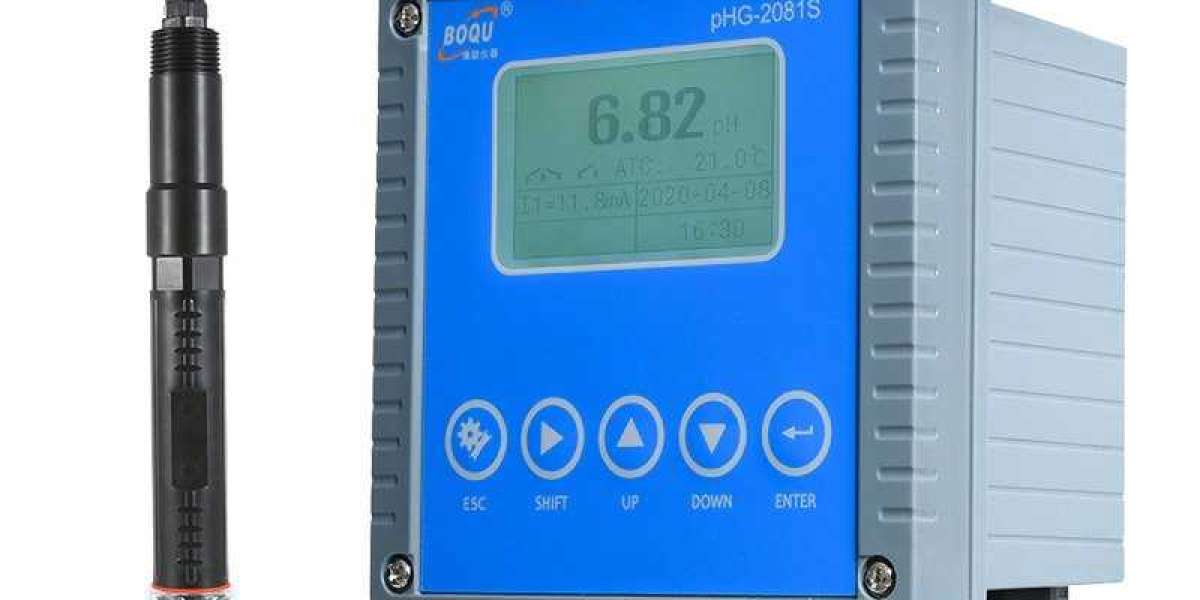Water quality analyzers are essential tools for monitoring the quality of water in various applications, including drinking water, wastewater, industrial processes, and environmental monitoring. They are used to measure various parameters, including pH, dissolved oxygen, temperature, conductivity, turbidity, and others. Water quality analyzers can be categorized into different types based on their measurement principles, functionalities, and applications. In this article, we will discuss the different types of water quality analyzer and their applications.
Conductivity Analyzers
Conductivity analyzers measure the electrical conductivity of water, which is an indicator of its purity and salinity. These analyzers are commonly used in industrial and environmental applications, such as monitoring the concentration of dissolved salts in water. Conductivity analyzers can also be used in water treatment to monitor the effectiveness of desalination and ion exchange processes.
pH Analyzers
pH analyzers measure the acidity or alkalinity of water on a logarithmic scale from 0 to 14, with 7 being neutral. pH analyzers are commonly used in applications such as drinking water treatment, wastewater treatment, and industrial processes. pH analyzers are essential in these applications because pH can affect the solubility of chemicals, the efficacy of disinfectants, and the corrosion of pipes and equipment.
Dissolved Oxygen Analyzers
Dissolved oxygen analyzers measure the amount of oxygen dissolved in water. These analyzers are commonly used in environmental and aquatic applications, such as monitoring the oxygen levels in rivers, lakes, and oceans. Dissolved oxygen analyzers are also used in wastewater treatment to monitor the biological processes that break down organic matter.
Turbidity Analyzers
Turbidity analyzers measure the number of suspended particles in water, which can affect its clarity and quality. These analyzers are commonly used in drinking water treatment, wastewater treatment, and environmental monitoring. Turbidity analyzers are important in these applications because high levels of suspended particles can clog filters, reduce disinfectant efficacy, and cause aesthetic issues.
Chlorine Analyzers
Chlorine analyzers measure the concentration of chlorine in water, which is commonly used as a disinfectant in water treatment. These analyzers are essential in drinking water treatment and swimming pool applications, as they ensure that chlorine levels are maintained within safe and effective ranges. Chlorine analyzers are also used in industrial processes, such as the manufacture of pulp and paper, to monitor the effectiveness of chlorination processes.
Multiparameter Analyzers
Multiparameter analyzers are capable of measuring multiple water quality parameters simultaneously. These analyzers are essential in applications where multiple parameters need to be monitored, such as drinking water treatment, wastewater treatment, and environmental monitoring. Multiparameter analyzers can measure various parameters, including pH, conductivity, dissolved oxygen, turbidity, and others, providing a more complete picture of water quality.
Verdict
Water quality analyzers are essential tools for monitoring and managing water quality in various applications. The different types of water quality analyzers discussed in this article, including conductivity analyzers, pH analyzers, dissolved oxygen analyzers, turbidity analyzers, chlorine analyzers, TOC analyzers, and multiparameter analyzers, provide users with the flexibility to choose the best analyzer for their specific application. By understanding the different types







